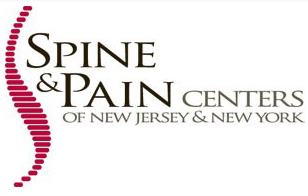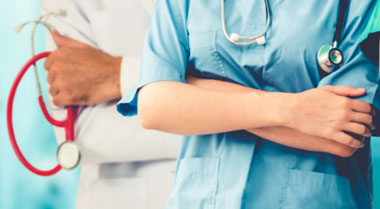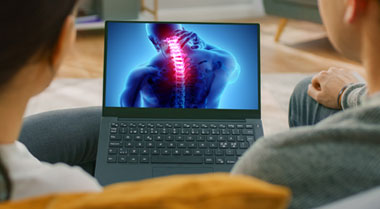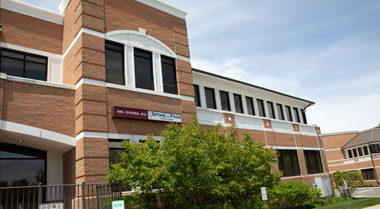Herniated Disc Pain
Small, spongy discs cushion the bones (vertebrae) that form the spine in your back. When these discs are healthy, they act as shock absorbers for the spine and keep the spine flexible. But when a disc is damaged, it may bulge or break open. This is called a herniated disc. It may also be called a slipped or ruptured disc.
A herniated disc can occur in any part of your spine. But most herniated discs affect the lower back (lumbar herniated disc). Some happen in the neck (cervical herniated disc). Less often, they can be in the upper mid-back (thoracic herniated disc).
Symptoms of Herniated Disc
Many people with herniated discs have no symptoms. Pain happens when the disc irritates the membrane on the outside of the spinal cord or spinal nerves.
Symptoms may include:
- Pain that travels through the buttock and down a leg to the ankle or foot
- Tingling (a "pins-and-needles" feeling) or numbness in the leg
- Deep muscle pain
- Muscle spasms
Weakness in both legs and the loss of bladder or bowel control are symptoms of a specific and severe type of nerve root compression called cauda equina syndrome. This is a rare but serious problem that requires emergency surgery.
Causes of Herniated Disc
Wear and tear, also called disc degeneration, is the usual cause of a herniated disc. The outer layer of the discs (annulu ) can form tiny tears or cracks. The thick gel inside the disc may be forced out through those cracks.
A herniated disc can happen when you injure your back. Injury can occur from:
- Motor vehicle accidents and other trauma
- Sports injuries
- Sudden, heavy strain, or increased pressure to the lower back
- And sometimes a sudden twisting movement or even a sneeze will force some of the disc's gel material out
Diagnosing Herniated Disc
Diagnosis of herniated disc is made by reviewing medical history, a physical exam, and possibly an MRI or CT scan.
Educational Video
Learn more about herniated disc by watching an educational video.
Educational Video



